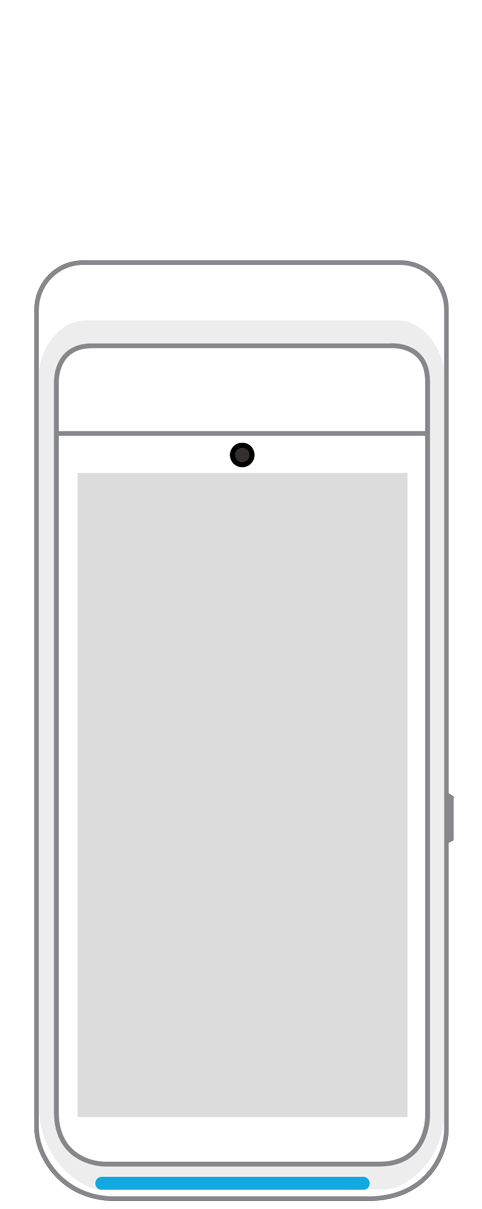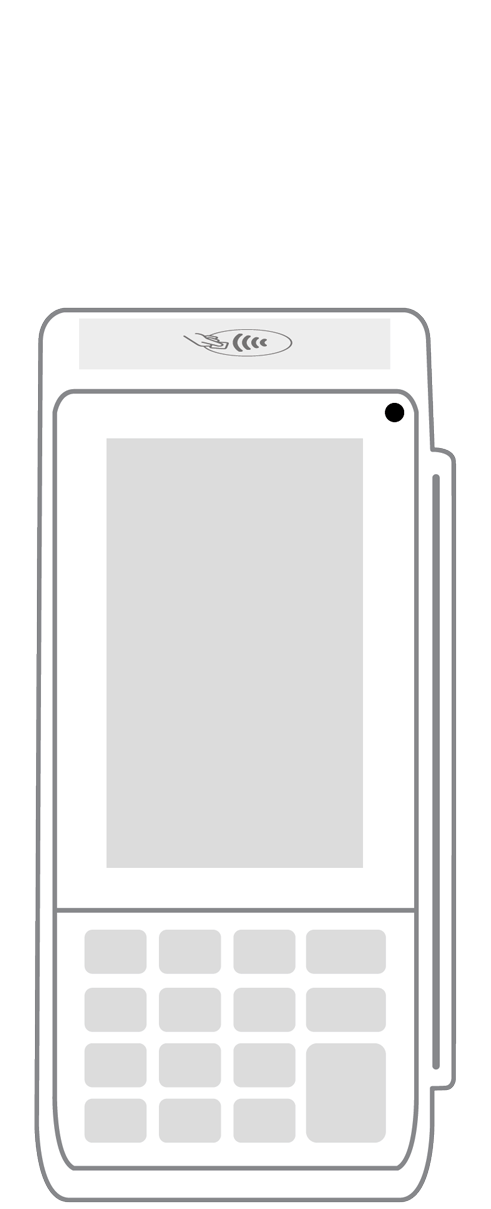How to Increase Sales Without Offering Discounts

When sales start to slow, most merchants will put items on sale and/or offer discounts in an effort to entice customers to shop and buy more merchandise. After all, if you are offering 25 percent off, they will purchase 25 percent more merchandise, right? Maybe not. Discounting can actually have a negative effect on your business and end up damaging your sales in the long-term. This may be due in part to the customer’s perception of an item’s value – low price equals a lower perceived value, so a customer will not place an item’s value at its full price, but rather at the lower, discounted price. Over time, this can cause a lower valuation for your brand or merchandise, prompting you to offer more discounts and lower prices to remedy the reduction in sales. It’s a vicious cycle, but it’s one that you can break while still keeping you and your customer’s happy.
The key is to create an environment to which your customers will want to return, regardless of whether you have products at discounted or sale prices. The following tips will help drive customers to your website or your doors, and have them coming back for more:
- Choose a name wisely. Whether for your product, your shop or website, your name needs to be something easy to pronounce yet memorable, without being too similar to shops/products in the same genre as yours. You don’t want to have to constantly explain or spell your name to your customers, but you want to stand out from the crowd. The old acronym KISS applies here – keep it simple, sweetie.
- Comparison shop. See what your competition is doing and how they are pricing their products. One of the reasons you may need to frequently offer discounts is your regular prices are too high. If a customer can get the same or a similar item down the street for a few dollars less than it is at your shop, she will not buy from you. There are very few companies that have products so unique or innovative they can charge pretty much whatever they want and people will still purchase them. One of these companies is Apple. Unfortunately, we can’t all be Apple, so as small merchants, we need to price our merchandise in line with similar items being sold in the area.
- Offer reward programs. There are many merchants that have rewards or loyalty programs. They’re simple to do, and they reward your customers for frequently shopping at your location. Rewards programs can be as simple as offering something like $10 off a $100 purchase, or a coupon for a percentage off on a future purchase. Some merchants offer a points-based rewards system, allowing customers to redeem their points for discounts, gifts, special merchandise and the like. The important thing is to find a rewards program that fits your business and your customers.
- Advertise. Yes, advertising can be expensive, but it is a necessary evil. There are several ways you can advertise your business and products, from the traditional like radio, TV and newspaper, to more modern ways via the internet, social media and mobile advertising. Fortunately some advertising methods are both very affordable and effective. Find the one that best suits your needs and spotlight your best products or services. You may find you reach customers who have been in search of a product like yours but never would have found it without advertising.
- Offer samples. Believe it or not, free samples can lead to increased sales. The lure of free samples has been known to increase sales as much as 2,000 percent (yes, two thousand!) in some cases. Just look at any Costco on Sunday afternoon when they have most of their samples available. People will sometimes jockey for position in front of a sample station, waiting for the next round of taquitos or bacon to cook up so they can grab their samples before anyone else. This article from The American Genius talks about the psychology behind free samples and why Costco is king.
- Listen to your customers. It may be your business, but customers (or lack thereof) can make or break you. What are their needs, wants and desires? What kind of suggestions do they have for you and your products? Is there something they want that you don’t carry? Listen to what they have to say – successful business owners have a clear understanding of their customers. If you have a great product but don’t consider how it fits your potential customer’s needs, it won’t sell. Customers will be the ones to let you know what they like and don’t like, either by telling you directly or by their purchases, or lack thereof.
There is certainly nothing wrong with offering discounts when they’re appropriate. As a tool for driving sales, however, there are other, more effective methods like those outlined above. When it comes to promotions, one size does not fit all, so find the ones that best fit your business and give them a try. Your customers may even like them more than the standard 25 percent off sale.
Related Reading
 3-in-1 Reader |  Terminal |  Keypad |  PINPad Pro |  Flex |  POS+ | |
|---|---|---|---|---|---|---|
Payment types | ||||||
EMV chip card payments (dip) | ||||||
Contactless payments (tap) | ||||||
Magstripe payments (swipe) | ||||||
PIN debit + EBT | ||||||
Device features | ||||||
Built-in barcode scanner | ||||||
Built-in receipt printer | ||||||
Customer-facing second screen | ||||||
External pinpad | ||||||
Wireless use | ||||||
Network | ||||||
Ethernet connectivity | With dock | |||||
Wifi connectivity | ||||||
4G connectivity | ||||||
Pricing | ||||||
Free Placement | ||||||